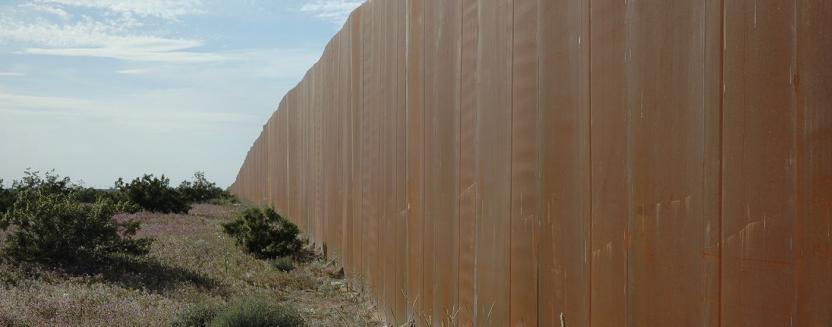It is now widely known that the Trump Administration’s “zero-tolerance” policy against unauthorized immigration has led to the separation and detention of thousands of migrant families at the US-Mexico border. In addition to being a moral injustice, this treatment of migrant families is creating an epidemic of trauma. Research shows that trauma can spread from individuals to families to communities. In this way, whole populations can be exposed to the physical and mental health risks associated with trauma.
But there is an important ray of hope. The public health crisis at our border was caused by government policy, and therefore, policy can help fix it.
At its best, government is an important protector of a community’s health and safety. One of the primary tools that government uses to accomplish this is public policy, which can improve the health of entire populations and communities.
Yet sometimes reality falls short of this ideal. Every level of government in the United States has, at times, enacted policy that failed to promote health and protect children. Examples of such policy failures include housing segregation, preemption of paid leave laws, discriminatory zoning, and exclusionary school discipline policies.
One way to understand how policies like zero tolerance for unauthorized immigration can cause harm to children is through adverse childhood experiences, or ACEs. This term describes stressful or traumatic events affecting children and teenagers, like violence at home, neglect, or abuse. Severe or repeated traumatic experiences have significant repercussions throughout a person’s life, such as greater risk of chronic diseases and early death.
Many of the children and families at the US border have risked difficult journeys to escape hardship and violence in their countries of origin. Detention and separation from caregivers cause added trauma and chronic stress that increase a child’s burden of ACEs.
This contrasts with the factors that science tells us can boost children’s resilience and promote healing. For example, the support of a caring adult is an important buffer for children during stressful experiences. Separating children from caregivers is especially harmful because it denies children the relationships that help them cope with hardship in a healthy way.
The impact of individual trauma can spread beyond children and families to affect a whole community. Certain traumatic events can have an emotional and psychological impact that goes far beyond the individuals directly exposed to them: these events are often referred to as community trauma. Like ACEs, community trauma is associated with serious consequences, including damage to the social fabric of a community and erosion of positive social norms.
Some communities are particularly vulnerable to trauma, including groups who have historically experienced other mass family separations and detentions. Present-day forms of accumulated trauma can also pose health risks. Consider that in the wake of police shootings of unarmed black Americans, even black Americans who have not directly experienced or witnessed the violence suffer from mental health harms.
Restrictive immigration policy demonstrates the far-reaching ways that policy can jeopardize the health of families and communities. Community health suffers: both documented and undocumented immigrants become reluctant to seek critical resources for themselves and their children, including health care, social services, and education. Public safety declines: immigrants, their families, and their communities often don’t feel safe enough to report crime. And chronic disease worsens: delayed care and persistent stress due to fear of deportation exacerbate chronic disease, especially among families with both documented and undocumented members.
These community stresses have consequences for individuals, such as children in immigrant families experiencing fear and toxic stress. Such toxic stress has widespread impact, given that 1 in 4 children in the United States is in an immigrant family. In this way, the policies that produce community trauma and ACEs intersect and amplify each other. But the reverse is also true: Policies that help families and communities deal with adversity can mutually reinforce each other in positive ways.
The harms that come from policy gone awry are well documented. But there is a powerful alternative to policies that cause trauma: healing-centeredpolicies that support resilience. All levels of government can enact policies that contribute to their community’s well-being, like the local and state governments that are taking action to protect the health of their immigrant populations. Policies can and should be part of the solution to trauma, and the first step is taking into account the health of communities especially affected by adversity.
_____
Want to learn more about equitable, health-promoting law and policy? Follow us on Twitter and join our email list for updates on all of ChangeLab Solutions’ work.
_____
Aysha Pamukcu is a senior staff attorney at ChangeLab Solutions, where she uses law and policy to make communities more equitable and inclusive. She leads ChangeLab Solutions’ health equity practice. Through research, training, and technical assistance, she helps communities improve their policies on maternal and child health, healthy retail environments, and just food systems.
Hannah Sheehy is a senior policy analyst at ChangeLab Solutions, where she focuses on early childhood policy and youth engagement in policy and advocacy processes. She also leads evaluation efforts in several program areas.
Photo credit: Flickr Creative Commons / Wonderlane
7/16/2018
